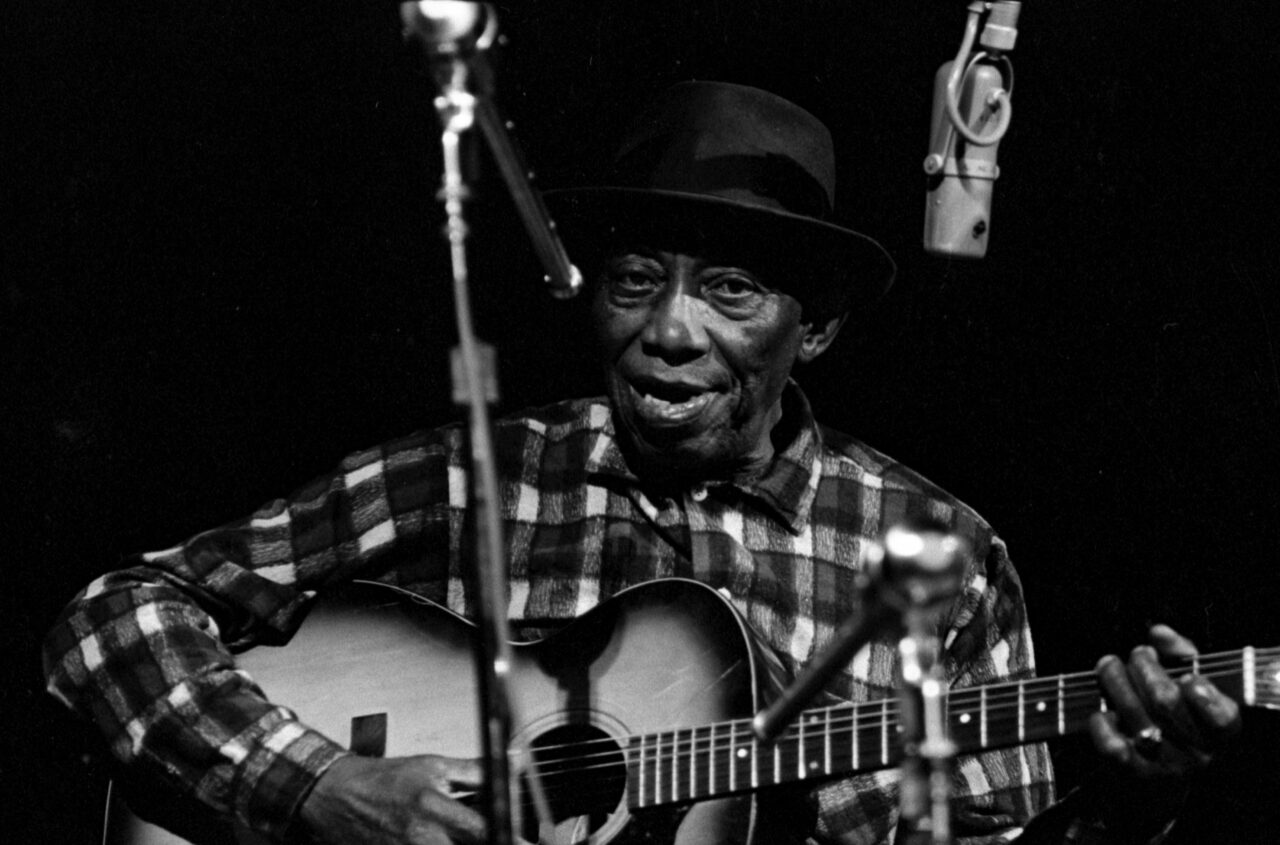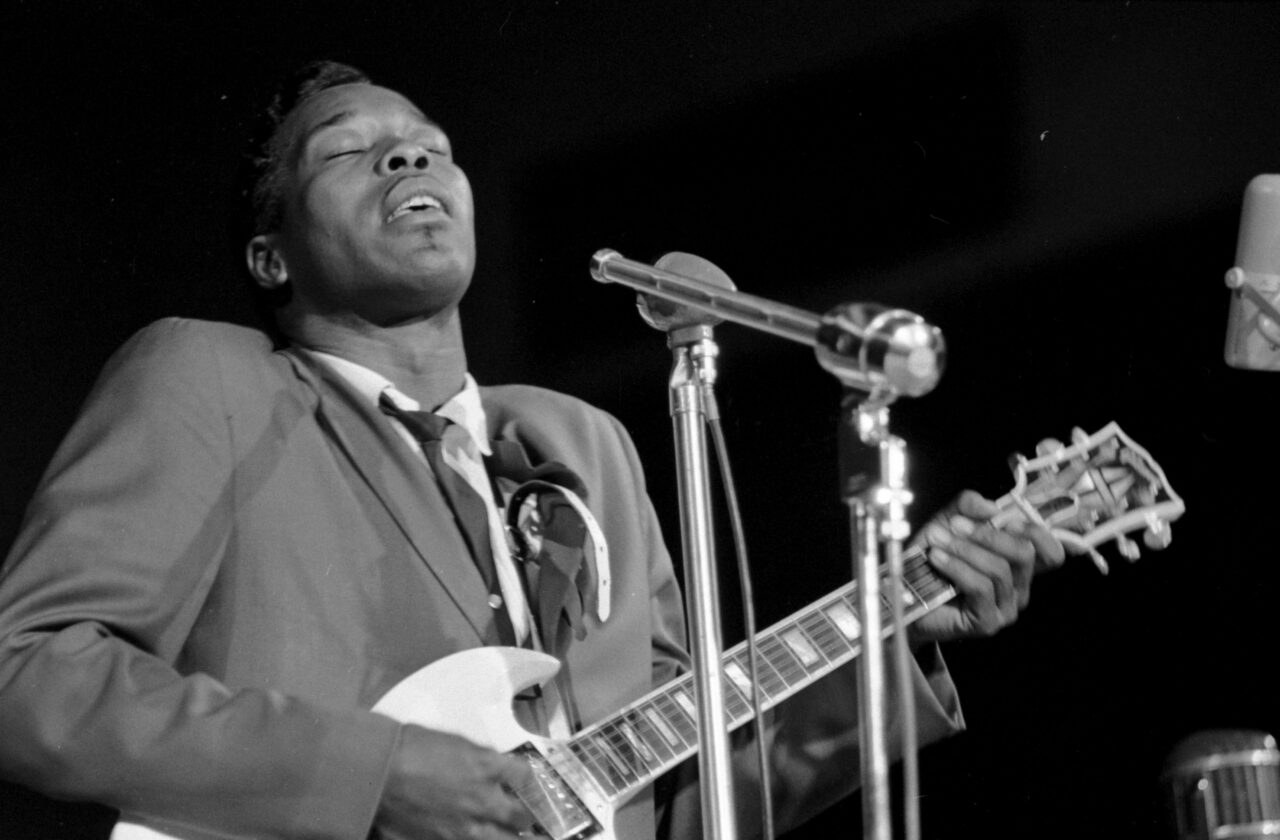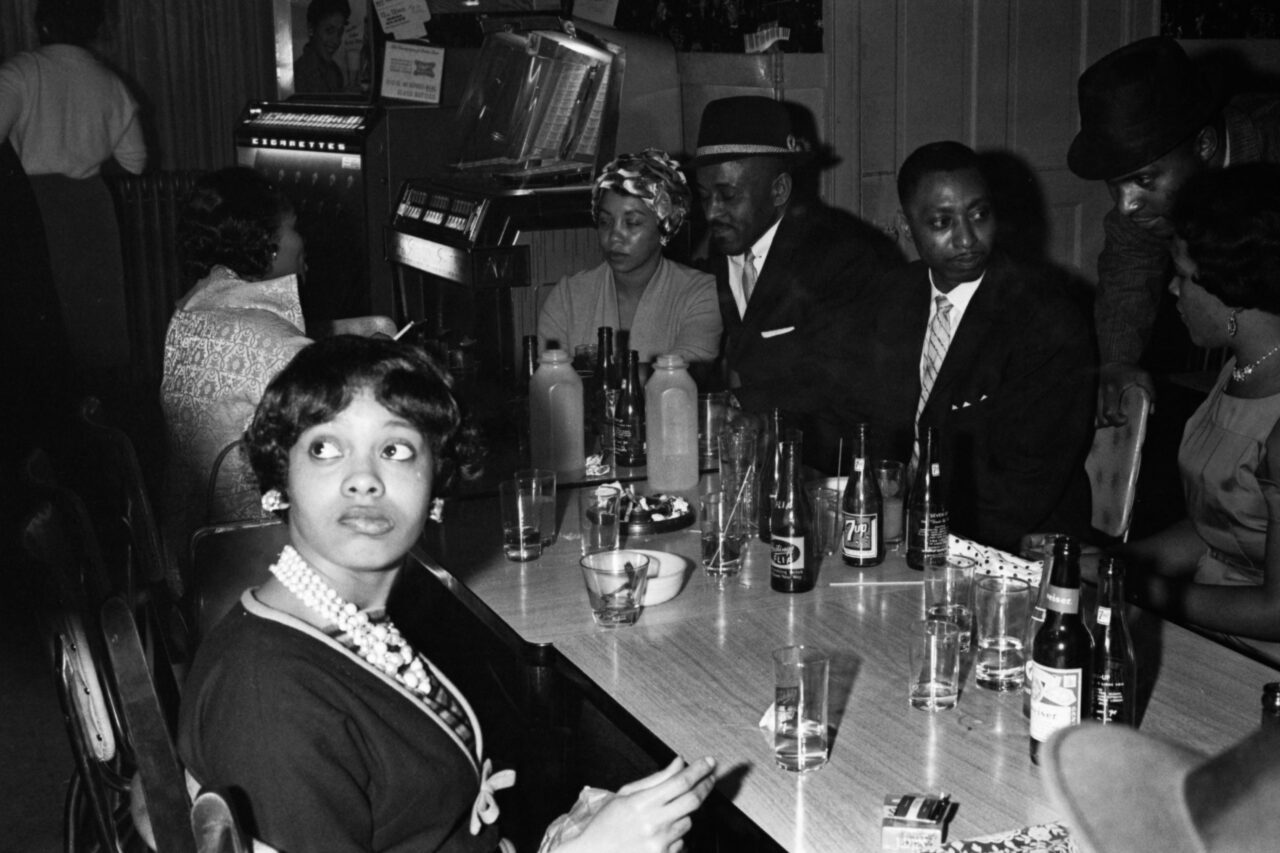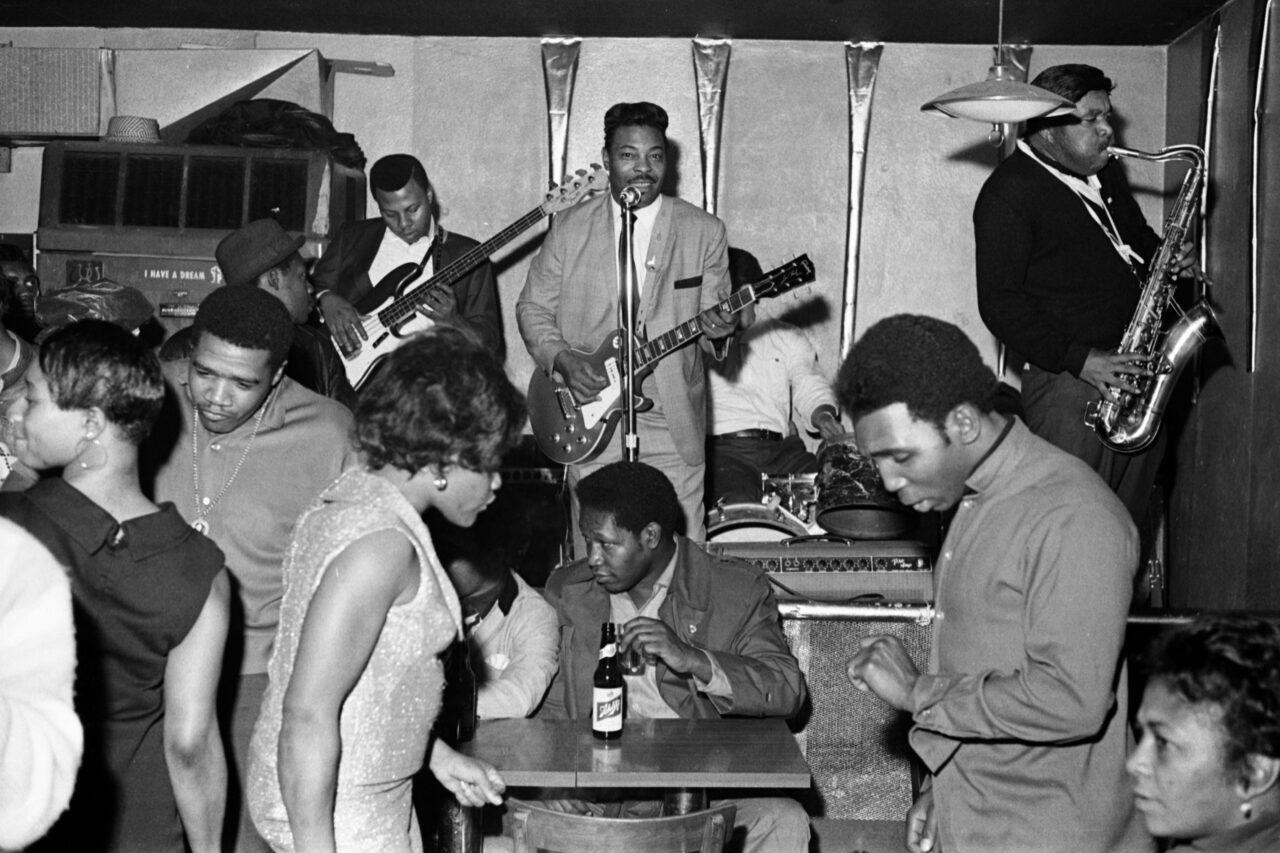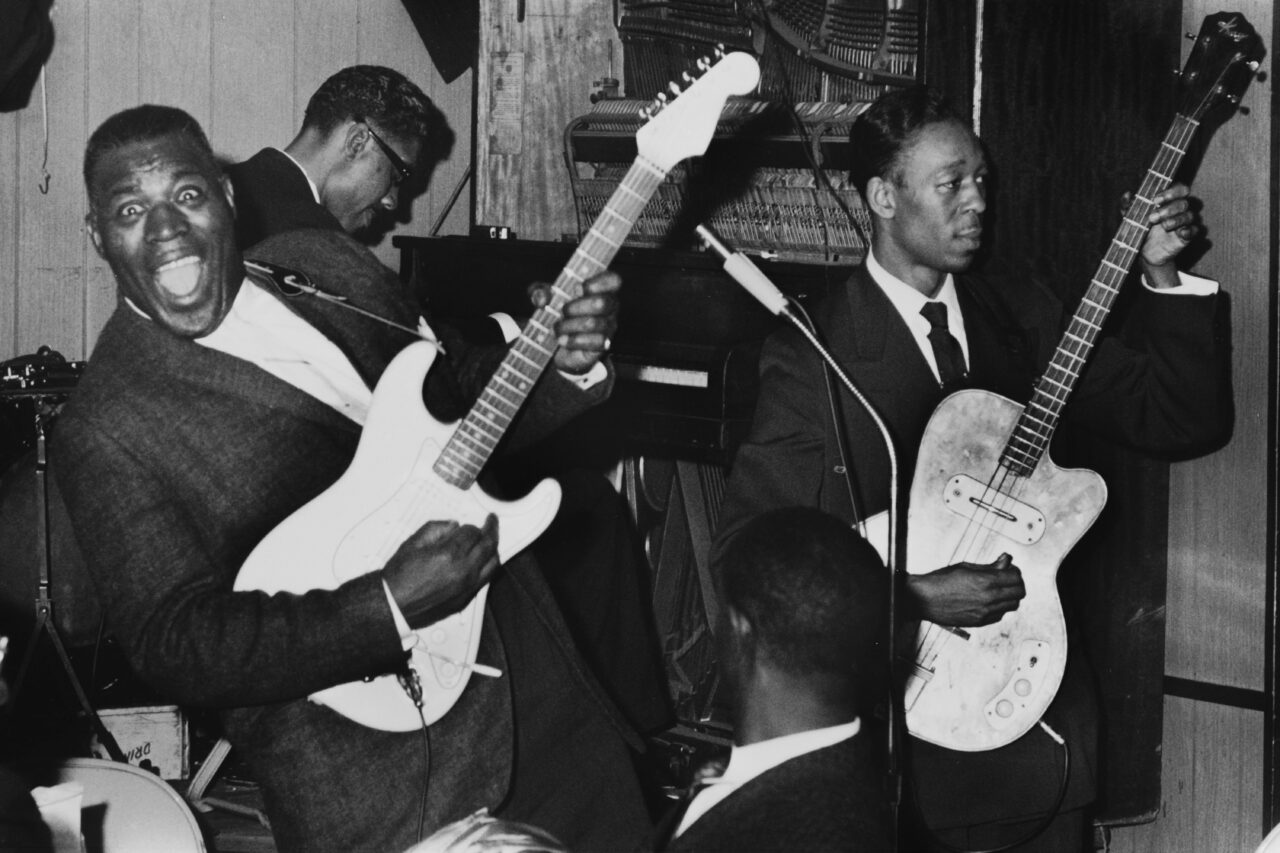Blues and African American Life
Between 1940 and 1970, almost four million African Americans left the farms and small towns of the South to seek a better life in northern and west coast cities. This population shift came to be called the Great Migration. Along with their dreams of a better future, these newcomers brought with them an incredibly vibrant type of music: the blues. A prime destination for southern migrants was Chicago and one major result was the Chicago Electric Blues.
Learn more in this Google Arts & Culture story.
Credits
Special thanks to the following individuals who made this Google Arts & Culture exhibit possible:
Rosemary K. Adams – Director of Print and Multimedia Publications
Bob Blythe – Archives and Manuscript Volunteer
Angela Hoover – Rights and Reproduction Manager
Julius L. Jones – Digital Content Manger
Julie Wroblewski – Senior Archivist
